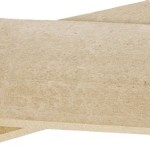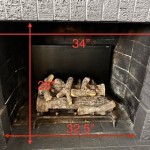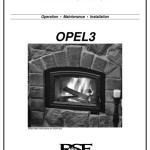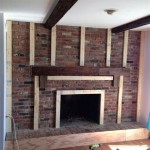Fireplace Faux Stone: A Guide to Essential Aspects
Faux stone is an increasingly popular choice for fireplace surrounds, offering a realistic stone look without the weight, cost, and maintenance of genuine stone. Here are some essential aspects to consider when choosing and installing fireplace faux stone:
Types of Faux Stone
Faux stone is made from various materials, including:
- Polyurethane: Lightweight, affordable, and easy to install but can be less durable.
- Cultured Stone: Made from concrete and lightweight aggregates, offering durability and a natural stone appearance.
- Veneer Stone: Thin slices of real stone bonded to a backing, providing a realistic look.
- Stacked Stone: Individual stones stacked on top of each other, creating a rustic or contemporary look.
Installation
Installing fireplace faux stone requires careful preparation and adherence to specific techniques. Here are the general steps:
- Surface Preparation: Ensure the fireplace surface is clean, level, and free of debris.
- Mortar Application: Apply a thin layer of mortar to the surface using a notched trowel.
- Stone Installation: Place the faux stone onto the mortar, pressing firmly to secure it.
- Grouting: Fill the joints between the stones with grout to enhance the stone's appearance and durability.
- Sealing: Seal the faux stone surface to protect it from moisture and stains.
Design Considerations
Choose a faux stone that complements the style of your fireplace and home décor. Consider the color, texture, and shape of the stone when making a selection. Additionally, decide whether you want a full stone surround, a partial surround, or an accent panel around the fireplace opening.
Maintenance
Faux stone is generally low-maintenance, but proper care will ensure its durability and appearance. Clean the surface regularly using a mild detergent and water. For stubborn stains, use a specialized stone cleaner. Periodically inspect the joints and grout for any cracks or damage and make repairs as needed.
Benefits of Faux Stone
Fireplace faux stone offers several advantages over real stone:
- Lightweight: Faux stone is significantly lighter, reducing the weight load on your fireplace.
- Cost-Effective: Faux stone is generally less expensive than genuine stone.
- Variety of Options: Faux stone comes in a vast range of colors, textures, and styles, allowing you to customize your fireplace.
- Ease of Installation: Faux stone is typically easier to install than real stone, saving time and labor costs.
- Durability: High-quality faux stone can withstand extreme temperatures and moisture.

Jerre S Faux Stone Fireplace Surround Genstone

Stone Fireplace Design And Remodel

Thin Stone Veneers Make A Fireplace Update Easy

43 Top Fireplace Interior Design Stacked Stone Fireplaces Faux Veneer

Faux Stone For Fireplaces

Stone Fireplace Design And Remodel

Natural Stacked Stone Veneer Fireplace Ideas

11 Stone Veneer Fireplace Surround Design Trends Where To Buy

Stone Fireplace Makeover Part 2 Faux Whitewash Organized Ish

Stone Veneer Fireplace Ideas That Will Warm Up Your Home Ply Gem








